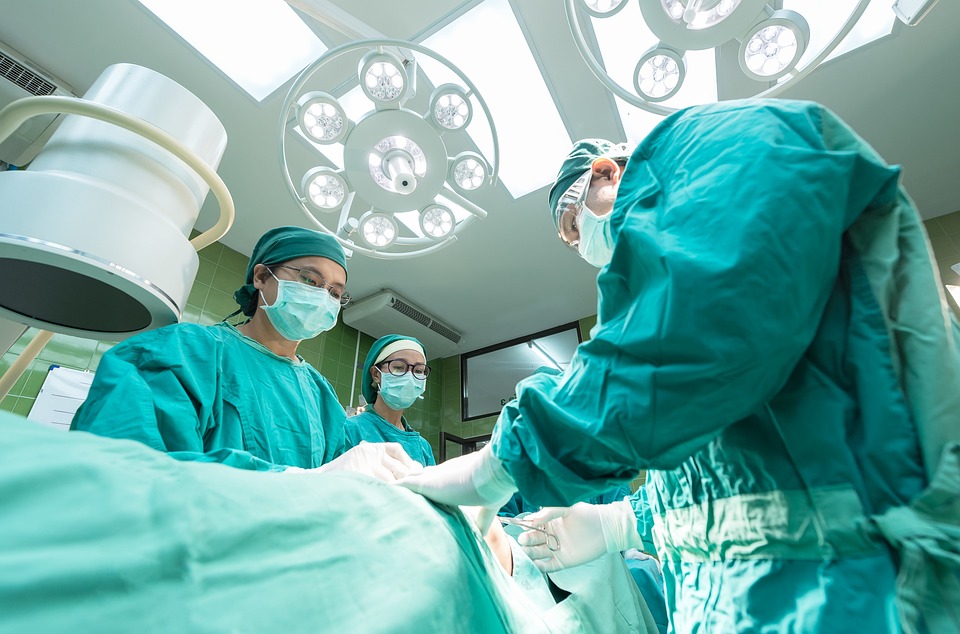Title: Gateway to Nociception: Understanding the Gate Control Theory of Pain and the Quantum Re-Generation Technique
In the realm of innovative and unique therapeutic technologies, the Quantum Re-Generation stands out as a pioneering approach to treating pain. This groundbreaking method operates at the muscular level, employing decontraction action through the emission of high-tension depolarizing microcurrents.
This therapeutic action addresses both acute, chronic, and post-traumatic pain, as well as offering anti-inflammatory and decontraction benefits. The mechanism behind this is the Gate Control Theory, which enables the inhibition of nociceptive afferent transmission through the use of pulsed microcurrents with a millisecond pulse duration, acting on muscle tissue and inducing decontraction while enhancing tissue oxygenation.
The Quantum Re-Generation employs a manipulator with interchangeable tips for treating small, localized areas such as the temporomandibular joint or broader areas like the treatment of peripheral nerve canal syndromes such as the Sciatic Nerve.
The Quantum Re-Generation acts through the use of depolarizing high-tension microcurrents, inhibiting pain by blocking nociceptors and promoting cellular regeneration. It achieves this by stimulating the C-fibers (specialized neurons that transmit pain signals slowly and deeply) to provide a ‘counter-information.’
The analgesic effect is immediate. As chronic pain remodels neural circuits and creates ‘vicious circles’ that amplify suffering, repeated application of this therapy within a complete cycle of multiple sessions can, in turn, remodel these altered sensory circuits, reducing hypersensitivity to pain.
To date, the Quantum Re-Generation has been widely tested on patients with various painful musculoskeletal symptoms, neuropathic pain, and even oncological pain across different pathologies.
After only one application, the Quantum Re-Generation has proven extremely useful for patients with subacromial conflict syndrome and supra-spinous tendon pain, as well as rotator cuff tendinitis.
It has demonstrated effectiveness in inhibiting the pain caused by plantar fasciitis generated by calcaneal spina. It has been positively tested on patients with osteoarthritis of the knee, with a degenerative artrosis, presenting with pain and functional limitation.
Treatments for all cervical, dorsal, lumbar, and sacro-coccygeal back pain have been performed. Positive results have been obtained for rheumatoid arthritis and arthrosis of the hand, showing a clear reduction in pain with an increase in hand function.
Patients with chronic pain persisting for more than six months and recent acute pain from traumas such as distorted ankle trauma have shown positive results. Positive results have also been achieved in the treatment of legamentous and muscular problems such as disfunctions of the iliac bone with pain and limitation of mobility.
The technology has been tested on patients with temporomandibular disorder, pain at the level of the masticatory muscles due to Bruxism and temporal mandibular joint pain. In this type of patient, a clear reduction in pain and muscle hypertonia that generates Bruxism, both concentric and eccentric, has been evident.
The equipment has also been used in a case of neurological rigidity due to Motor Neuron Disease, Sclerosis Laterale Amiotrophica. The patient showed a significant reduction in muscle hypertonia with a notable improvement in walking ability.
The Quantum Re-Generation was used as an antalgic therapy in the management of non-opioid-responsive oncological pain, showing clear reductions in perceived pain levels. The treatment was focused on painful metastatic bone lesions after Radiotherapy.
The equipment was also used in the veterinary field. Specifically, dogs with degenerative arthritis of the legs were treated. Already from the first treatment, the dog showed an improvement in its global mobility, indicating a clear reduction in pain. Its joint excursion and ambulation on all four legs with complete load distribution have improved.
The equipment was well tolerated and accepted by all patients, and no side effects of any kind were evident. All treated patients have shown a significant reduction in pain.

